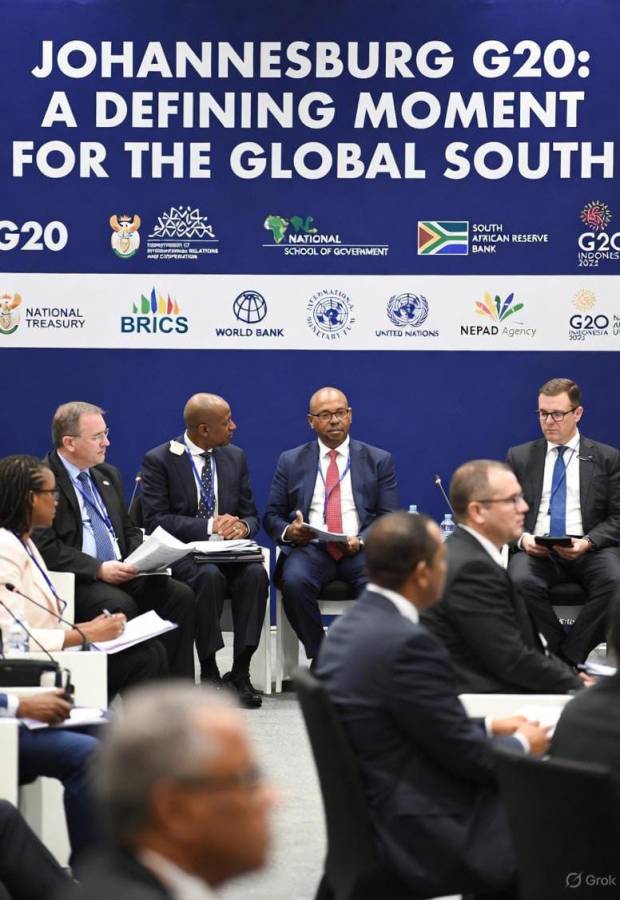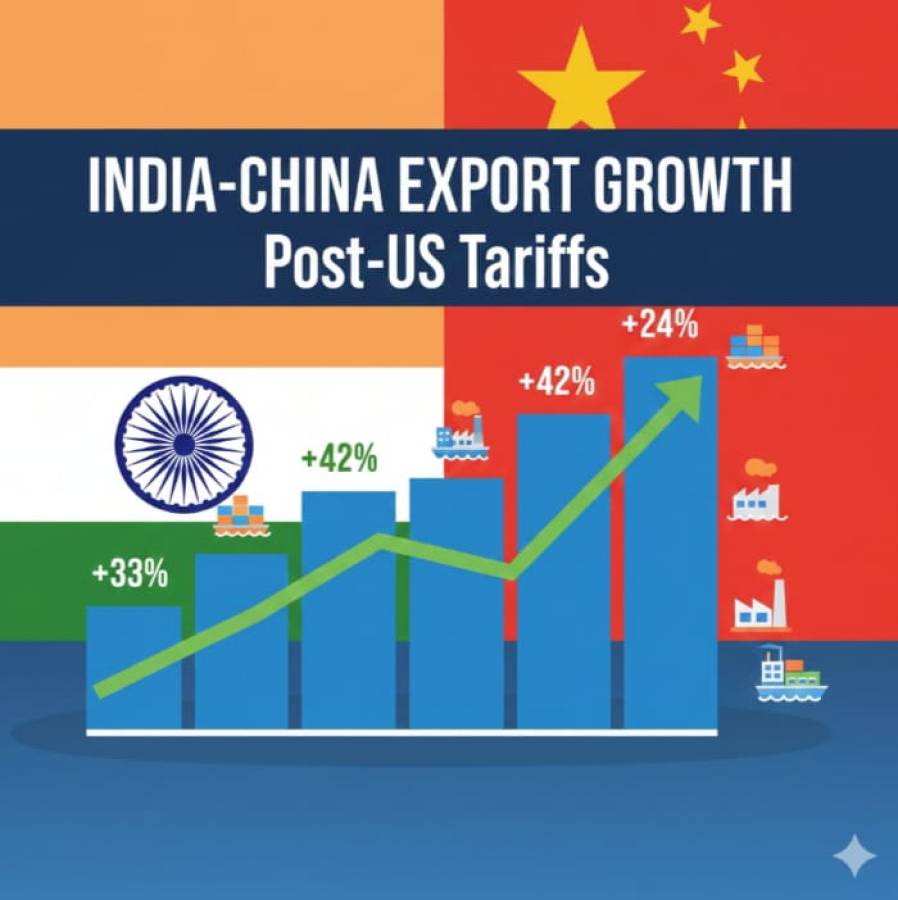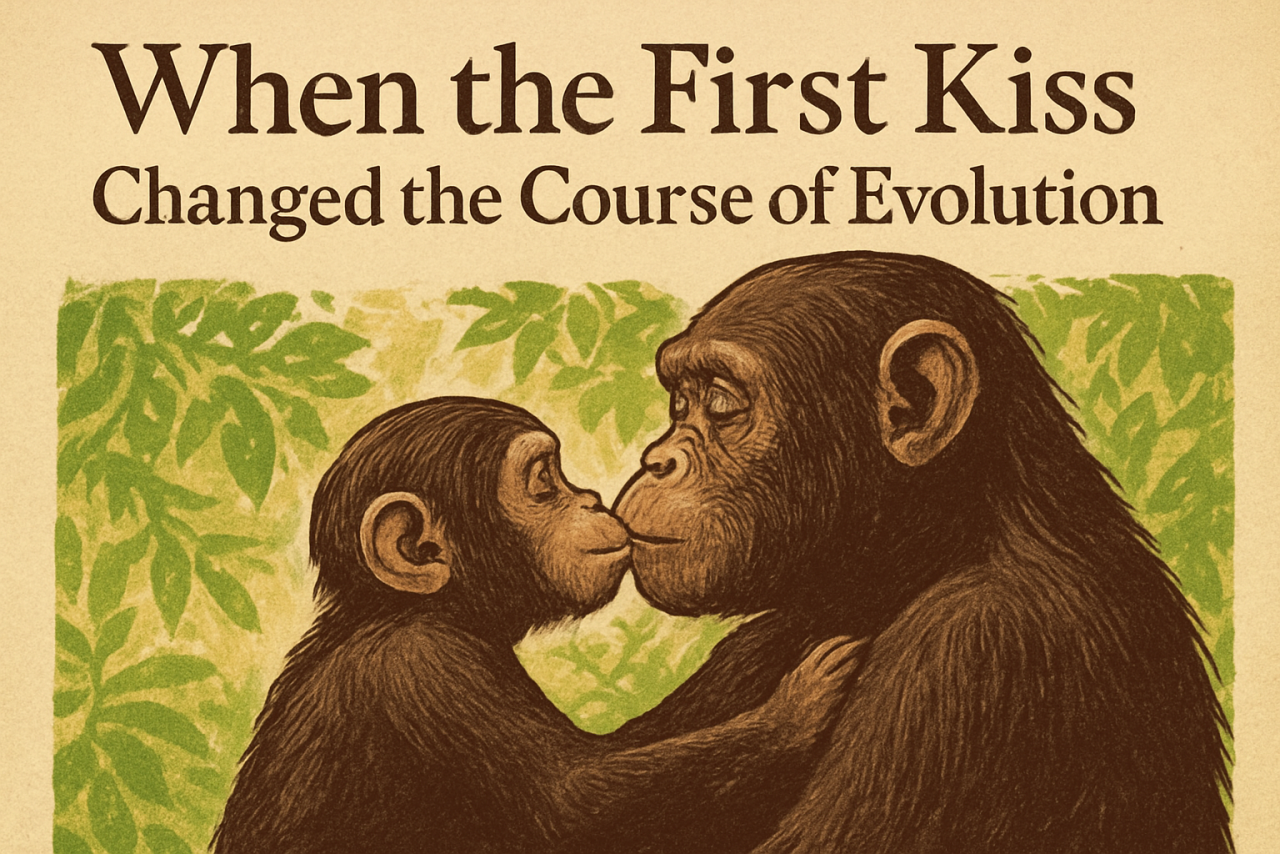
In a move that reflects the global re-evaluation of colonial-era acquisitions, the UK government has imposed a temporary export ban on an extraordinary collection of two-century-old Hindu paintings. The decision halts the sale of this rare art series, valued at approximately £280,000, to an unnamed international buyer, reaffirming the collection’s profound historical and cultural significance to the nation.
These paintings, originally a set of 59 folios with 56 still surviving, exemplify the exquisite artistry that flourished in the Kangra region of Punjab around 1800. Rendered in the celebrated Kangra style—known for its delicate lines, lyrical detailing, and vibrant use of silver, gold, and mineral pigments—the series explores central themes of Hinduism. Its visual narratives span serene scenes of devotion, powerful depictions of the Devi’s triumphs, and major mythological episodes featuring deities such as Vishnu and Shiva.
Beyond their artistic merit, what sets this collection apart is its rarity and the historical documentation embedded within the folios. Inscribed in Sanskrit and Hindi, the texts accompanying the illustrations offer invaluable insights into the religious practices, cultural traditions, and literary conventions of the early 19th century. According to UK cultural authorities, the convergence of these visual and textual elements makes the set an unparalleled resource within Britain’s collections.
The export block was issued following the recommendation of the Committee on the Export of Works of Art and Objects of Cultural Interest (RCEWA). The expert panel deemed the series “vitally important” and without parallel in the UK, highlighting that no comparable collections exist in the country. Allowing the pieces to leave Britain, they argued, would represent a significant cultural loss—one that would deprive scholars of the opportunity to study and decode the rich historical and religious narratives held within the folios.
A UK Culture Minister underscored this assertion, noting that preserving the paintings within the country offers researchers, both British and international, an unprecedented opportunity to advance global understanding of Hindu iconography and South Asian art history. The series had been in the possession of the family of Dr. Alma Camrudin Latifi, a figure who lived between India and the UK and served in administrative and judicial roles during the British colonial period.
The government’s intervention has inadvertently reignited discussion around the longstanding cultural entanglements between Britain and its former colonies. The paintings themselves stand as vivid reminders of the intertwined histories of Punjab and the United Kingdom, and their contested provenance invites further debate about the future of colonial-era artefacts housed in Western institutions.
This temporary export ban thus becomes more than a bureaucratic action—it serves as a reaffirmation of the enduring value of these 200-year-old visual narratives. By treating the series not simply as a high-value commodity but as an irreplaceable facet of global heritage, the British authorities signal the need to safeguard such objects for scholarly engagement and public appreciation.
With a deadline now set for identifying a UK-based buyer willing to match the valuation and keep the folios within the country, the next chapter of this cultural preservation effort unfolds. Whether ultimately retained in Britain or returned to South Asian custodianship, the paintings remain a vital link to a rich artistic legacy—one that continues to inspire researchers, historians, and art enthusiasts alike.




















